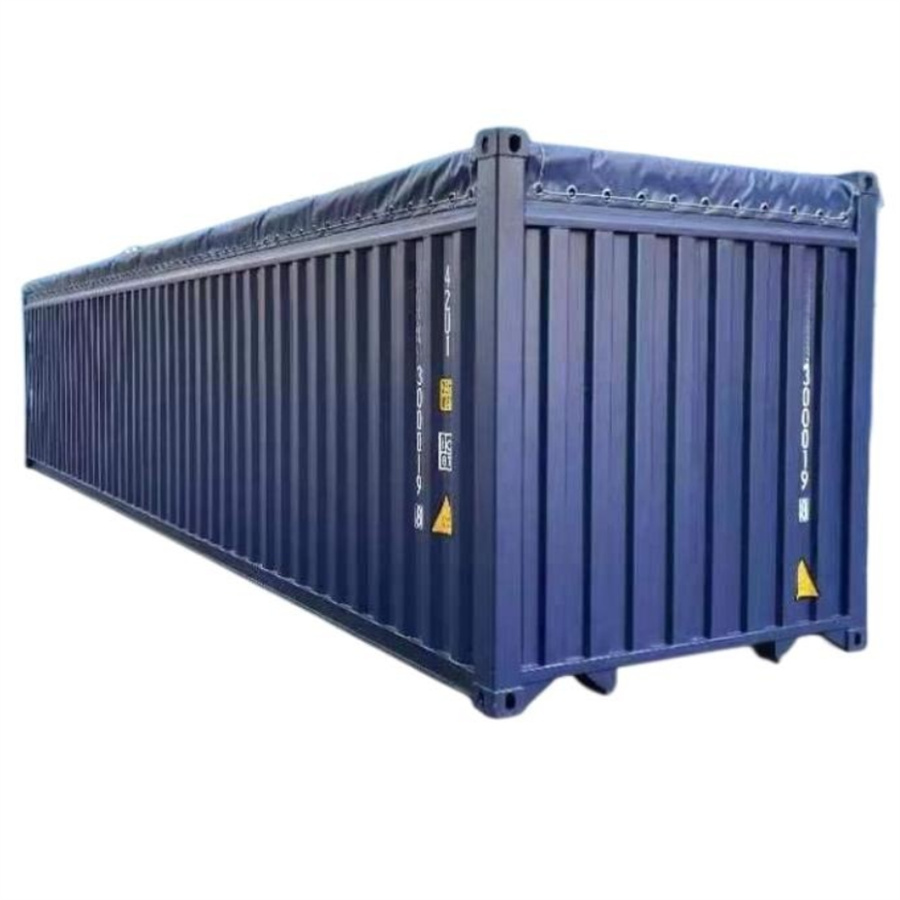Recent news, the global shipping industry has been hit by an increase in freight rates on the Red Sea route, impacting the transportation of containers, including non-standard and dry cargo containers. As the market grapples with the upward trend in freight rates, the shipping containers sector is facing significant challenges. This surge in freight costs has sparked concerns over the movement of goods and the economic implications for businesses relying on transportation services.
The Red Sea route, a crucial passage for international trade, has experienced a drastic rise in freight rates, adversely affecting the shipping containers industry. This development has amplified the importance of efficient container utilization, particularly in the context of non-standard containers, as companies seek innovative solutions to mitigate the impact of soaring transportation costs.Containers, the backbone of global trade, come in various forms, including standard and non-standard containers.
Non-standard containers, such as open-top containers, flat rack containers, and refrigerated containers, are designed to accommodate specialized cargo and are crucial for the transportation of goods that do not conform to standard dimensions.Amid the prevailing challenges, the demand for non-standard containers has gained prominence, with businesses adapting to the changing landscape of the shipping containers industry.

As the market grapples with the surge in freight rates, the utilization of non-standard containers has emerged as a strategic alternative for optimizing cargo logistics and accommodating diverse shipment requirements.The increase in freight rates on the Red Sea route has also put a spotlight on dry cargo containers, the most commonly used containers in the industry. These standard containers are fundamental to the efficient movement of a wide range of products, from electronics and machinery to clothing and consumer goods. However, the rise in freight costs has prompted companies to reevaluate their container usage strategies and explore innovative approaches to maximize the efficiency of dry cargo containers.In the face of escalating transportation expenses, the shipping containers sector is witnessing a paradigm shift, with a focus on enhancing operational efficiencies and streamlining logistics processes.
The rising prominence of non-standard containers, along with the optimization of dry cargo containers, underscores the industry’s resilience in adapting to the ever-changing dynamics of global trade.As businesses navigate the challenges posed by the increase in freight rates, strategic alliances and collaborations within the shipping containers ecosystem are becoming pivotal in addressing the market’s evolving demands. Companies are actively exploring partnerships to leverage synergies and explore new avenues for cost-effective container utilization, thereby mitigating the impact of the prevailing market fluctuations.
In response to the surge in freight rates and the growing importance of container optimization, industry stakeholders are increasingly embracing digital solutions and advanced technologies to enhance container management and track shipment logistics in real-time. The integration of cutting-edge software and data-driven analytics is empowering businesses to make informed decisions and achieve greater visibility across the supply chain, thereby optimizing the utilization of containers and addressing the challenges posed by fluctuating freight rates.Furthermore, the industry’s commitment to sustainability and environmental responsibility has prompted innovations in container design and materials, leading to the development of eco-friendly solutions that minimize the carbon footprint of container transportation.
This strategic focus on sustainability aligns with global initiatives to reduce the environmental impact of shipping operations, signaling a shift towards greener and more efficient container utilization practices.In conclusion, the surge in freight rates on the Red Sea route has instigated a transformative phase in the shipping containers industry, compelling businesses to reevaluate their container utilization strategies and embrace innovative approaches to address the challenges posed by escalating transportation costs. The increased focus on non-standard containers, coupled with the optimization of dry cargo containers, underscores the industry’s resilience and adaptability in navigating the complexities of global trade. As the market continues to evolve, collaborative endeavors, digital innovations, and sustainability-driven practices are poised to define the future of container logistics, propelling the industry towards greater efficiency and resilience in the face of dynamic market dynamics.






